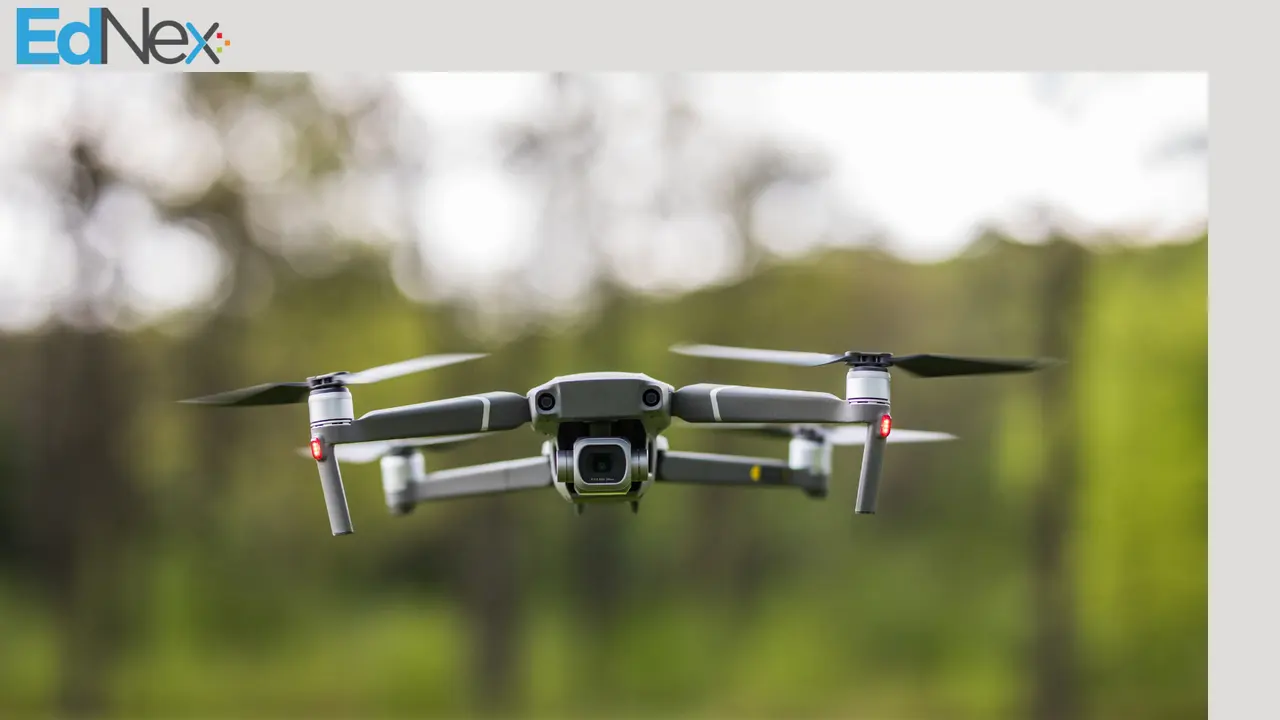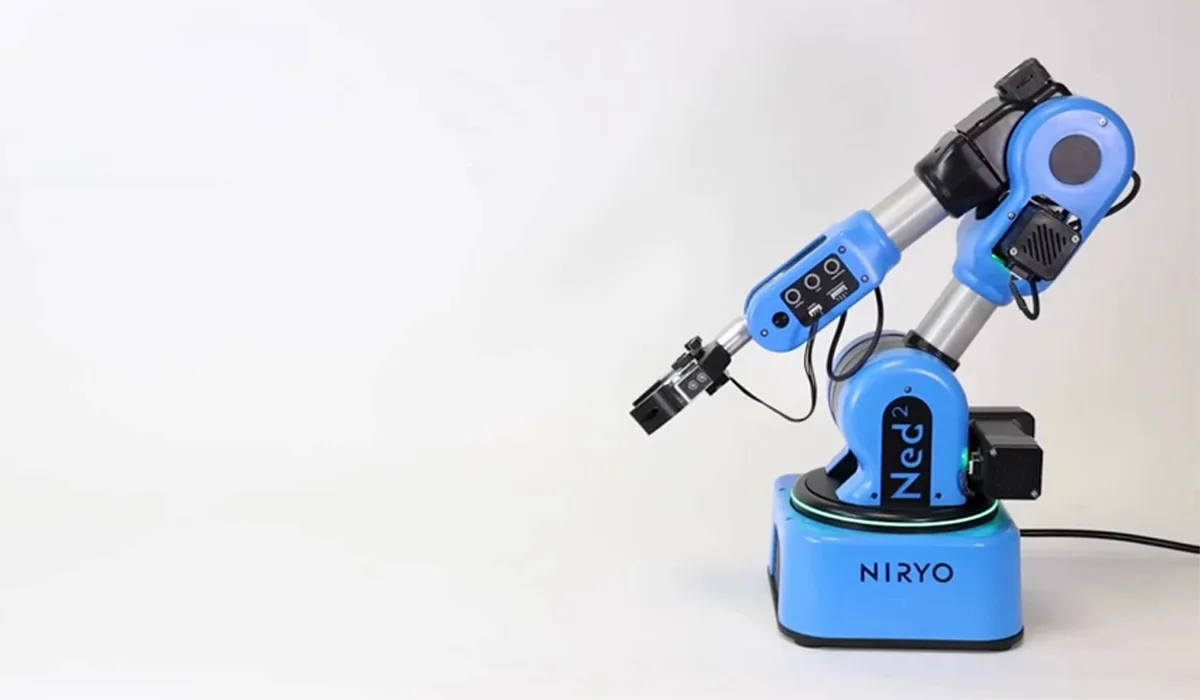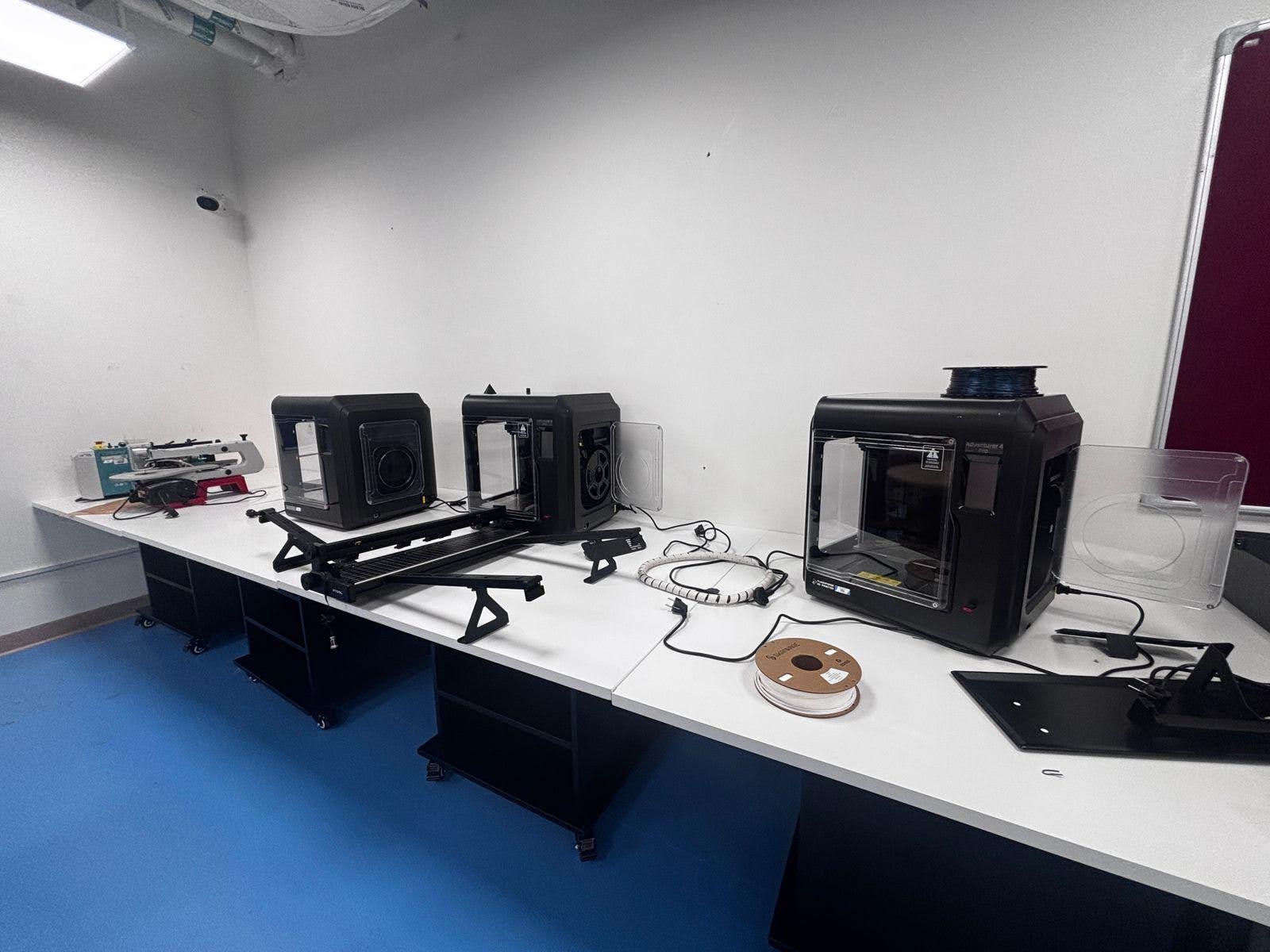
How Drones Are Reshaping Cybersecurity Education
The cybersecurity landscape is evolving and so are the tools we use to teach it. In today’s increasingly interconnected world, cybersecurity isn’t just about protecting data centers or preventing email hacks. It’s also about defending the systems that interact with the physical world like drones.
As unmanned aerial vehicles (UAVs) become central to industries such as defense, logistics, agriculture, and surveillance, they also introduce a new set of vulnerabilities. Recognizing this shift, educational institutions are turning to drones as powerful, hands-on teaching tools to prepare students for the next generation of cybersecurity challenges.
Let’s explore how drones are bringing cyber-physical systems to life in the classroom and how programs like Marcraft’s Cybersecurity for Drones are transforming cybersecurity education with drones.
Drones and Cybersecurity: A New Frontier in Education
Drones are no longer hobbyist gadgets. They’re now used for:
- Surveillance and reconnaissance
- Delivery and logistics
- Disaster response and environmental monitoring
- Agricultural mapping and automation
As these flying systems collect, transmit, and sometimes act on data, they also become targets for cybercriminals. Common threats include:
- GPS spoofing, which can hijack a drone’s navigation
- Signal jamming or interception, disrupting communications
- Payload manipulation, allowing unauthorized data access or hardware misuse
These aren’t futuristic risks they’re happening now. And they demand a new level of awareness in cybersecurity training programs.
Marcraft’s Cybersecurity for Drones Program: A Hands-On Approach
To address this need, Marcraft has developed a specialized program focused on cybersecurity for UAVs. This program is built to immerse students in the growing world of cyber-physical threats using drones as a core learning tool.
Key Highlights of the Program:
- Use of real drones: Students work with functional UAVs in lab scenarios
- Threat simulation: Perform controlled cyberattacks like Wi-Fi jamming, man-in-the-middle (MITM) intrusions, and protocol sniffing
- Defense strategies: Learn encryption, secure telemetry, RF filtering, and best practices for secure drone operation
- NICE-aligned curriculum: The course supports the National Initiative for Cybersecurity Education (NICE) framework for workforce development
This program not only teaches students how to secure drones it uses drones to teach broader cybersecurity principles in an engaging, memorable way.
Learn more at Marcraft’s official program page
Why Cybersecurity Education with Drones Is So Effective
For many students, cybersecurity can feel abstract lines of code, digital firewalls, or invisible vulnerabilities. Drones make these concepts tangible.
Imagine a student learning about encryption by sending a real-time video feed through an unprotected Wi-Fi signal, watching it get intercepted, and then securing it. That experience is unforgettable and it mirrors the kinds of attacks professionals face in the field.
Benefits of drone-based cybersecurity training:
- Higher engagement through real-world simulations
- Cross-disciplinary learning (combining CS, electronics, and security)
- Active problem-solving that mimics industry roles
- Stronger retention through experiential learning
It’s not just about teaching the “what” it’s about letting students experience the “how” and “why.”
Why MENA and Global Institutions Should Pay Attention
As countries like the UAE, Saudi Arabia, and others in the MENA region accelerate their digital and defence transformation agendas, cybersecurity education with drones offers universities a strategic advantage.
By introducing drone-integrated labs, institutions can:
- Stay aligned with national cybersecurity strategies
- Position themselves as leaders in emerging technology education
- Offer students competitive skills in a rapidly evolving job market
- Build cyber-defense research capacity that appeals to both public and private sectors
For technical colleges and universities, adopting drone-based cybersecurity is a leap toward modernizing their curriculum for Industry 4.0 and beyond.
Take Off with Drone-Driven Cybersecurity Learning
Drones are no longer just flying tools they’re part of our cyber-physical reality. With programs like Marcraft’s Cybersecurity for Drones, educators now have the opportunity to deliver cybersecurity education that is modern, practical, and exciting.
At EdNex, we help institutions across the MENA region deploy these turnkey solutions complete with drones, lab guides, faculty training, and student-ready kits.
Let your students experience cybersecurity from a whole new altitude.
















No comment